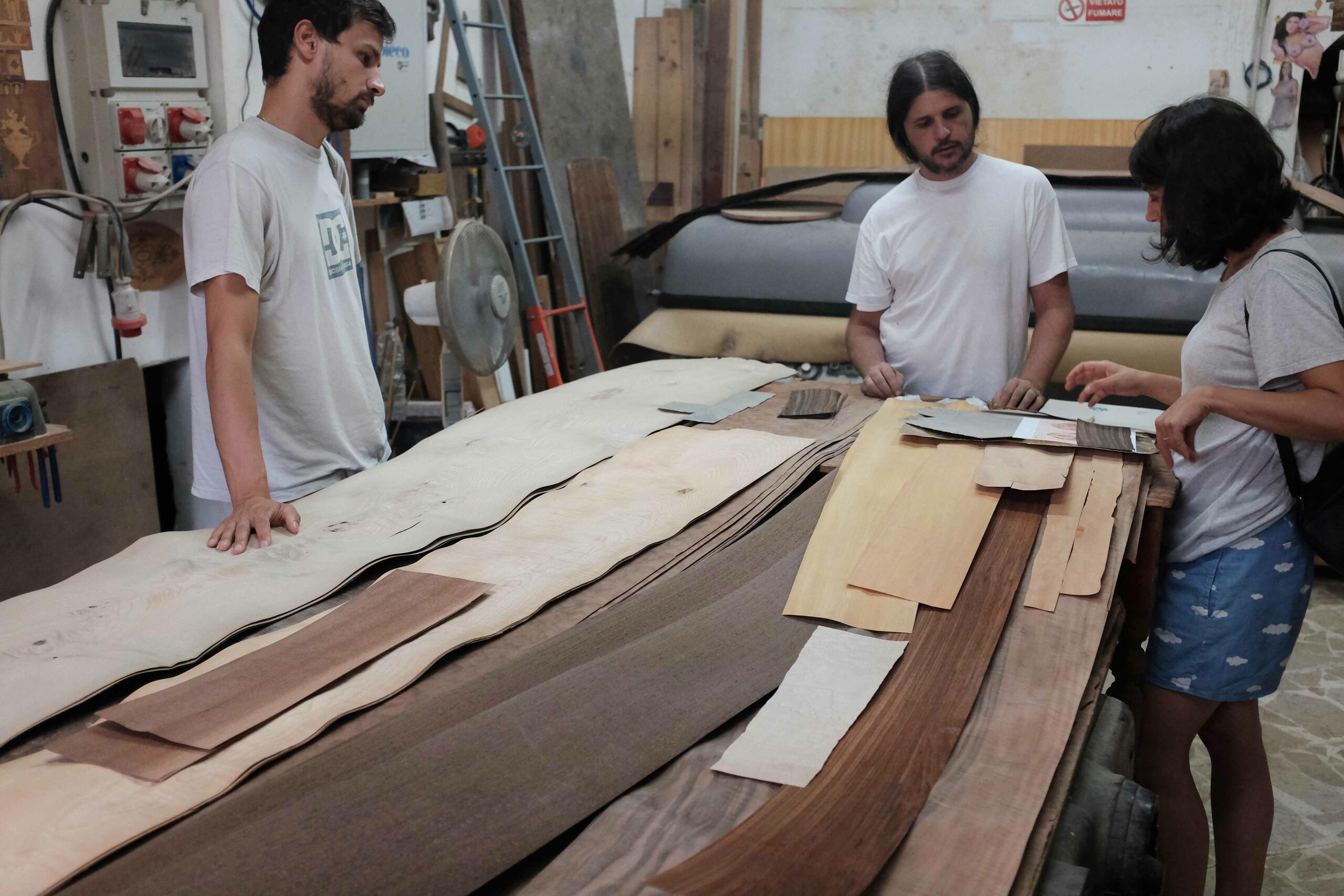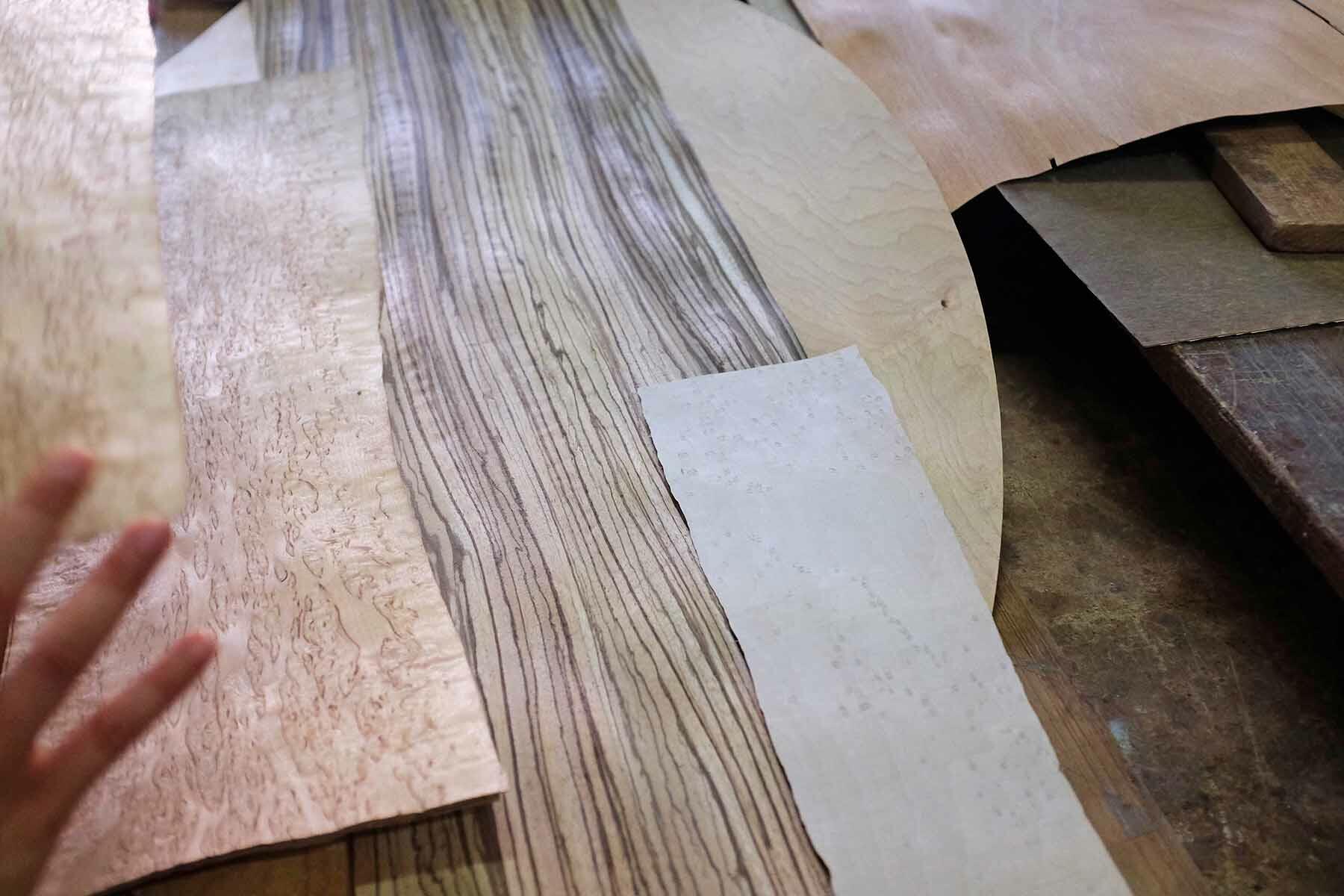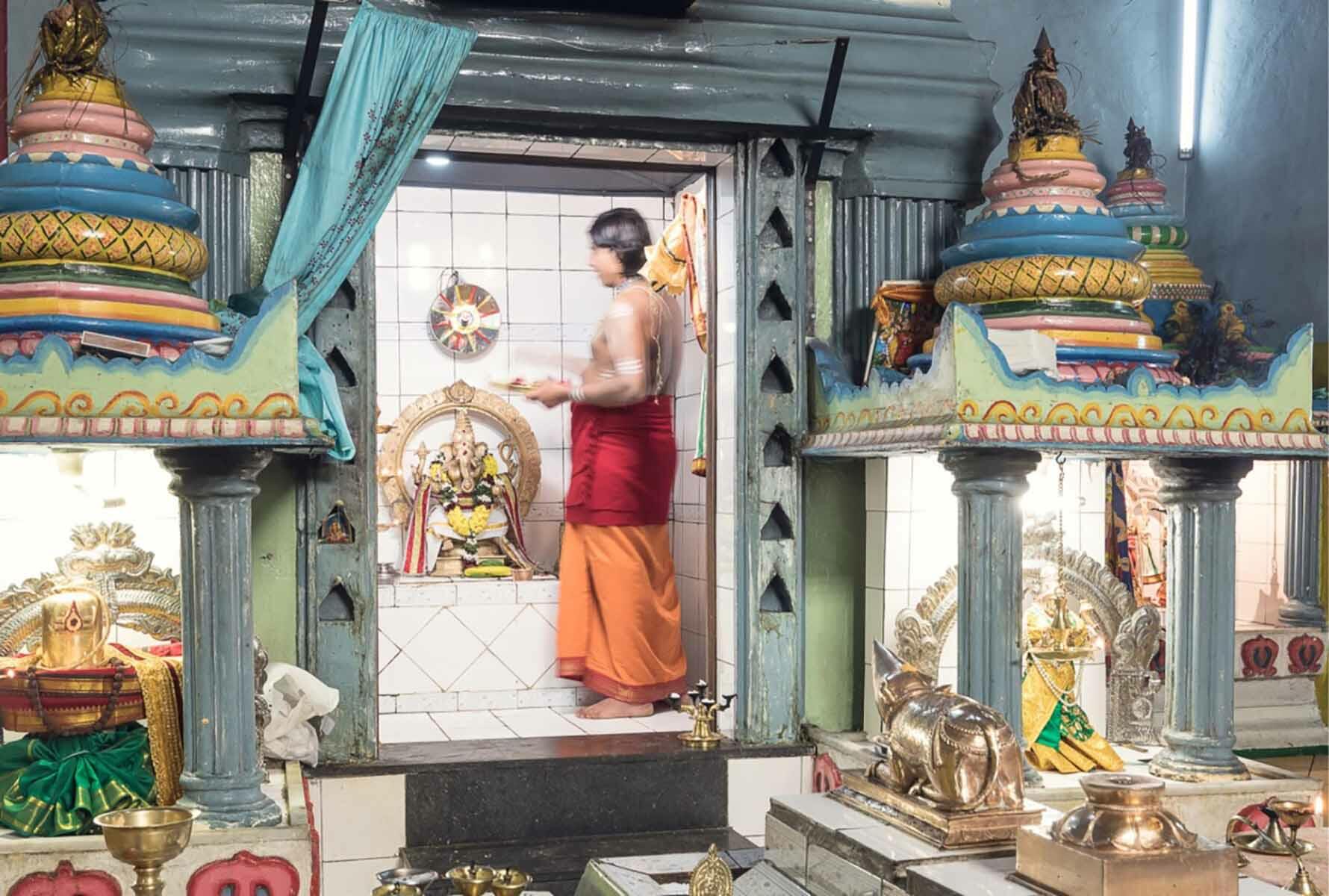ON OUR WORK IN PALERMO
Marginal Studio is currently investigating a new process of structured co-design workshops that stems from the field of the design methods and that they translate into a context rooted long-term practice through which they re-imagine urban productions as a bridge between local culture and migrants. With the project Counter-Colonial Aesthetics, they engage with craftsmen and migrants on their heritage to overturn the host-guest power relation, triggering the meetinf of local traditional expertise with knowledge displaced by human migrations. They assume the concept of the diaspora as a vehicle for diplomatic negotiation between communities that find in the “other” a trigger to re-discuss the concept of identity and cultural recognition. To foster social inclusion Marginal Studio involves people around hand-making activities to shift toward a “self-help” practice, giving value to skills already owned by underprivileged classes that usually are considered as passive subjects in need of help. Material culture is the common ground to establish a dialogue that bypasses linguistic bias and focus on mutual curiosity and solidarity while reclaiming the means of production to nourish and reconstruct collective knowledge. They research, experiment, and prototype with a focus on natural materials and vernacular techniques, trying to break away from the nostalgic tendency in perceiving artisanal production toward the inclusion of technological and innovative elements. Marginal Studio aims to define interactions based on seeing the other as a keeper of unique knowledge and grows an online open archive for material culture from these experiences to reverse the colonial erasure of local heritage and to create an inventory of sustainable design tools.
COUNTER-COLONIAL AESTHETICS
Marginal Studio is conducting a material inquiry on woodwork in all its facets and technical specialisations, as one of the most widespread and still largely scattered craft within the city. Its wide urban diffusion makes it the ideal medium to create a broad network of collaborations between workshops and woodworkers, both formal and informal ones. Carpentry has been locally mastered through centuries of material culture production and today it has the potential to become a valuable tool for social design practices to mirror the presence of the “other” by engaging diasporic communities to create artefacts that blend new forms and meanings. Taking advantage of the possibility to self-design from an inclusive approach, they engage directly with the communities living in Palermo to highlight the potential of what is already available. Due to the existence of informal economies, they can explore crafts outside the rigid economic constraints of industry and free from the colonial paradigm of profit maximisation: they aim to render both the richness and the accessibility of tools, expertise, and extraordinary skills that risk getting lost in the “development” swift and abrupt flow of the globalised world. Using the techniques of marquetry, carving, and Sicilian ebanisteria, they will address the coexistence of new communities in Palermo, and in Europe, creating hybrid traditional objects that mingle vernacular and its opposites.
CONCEPT IN DETAIL
Counter-Colonial Aesthetics is an inquiry into the potential of migrations to re-frame contemporary European heritage and visions: it represents a model that is possible to replicate in any “arrival city” worldwide, starting from its own singularities. To tackle the “migration crisis”, as well as environmental and pandemic ones, most of the efforts are made in the “emergency” phases. However, too little is addressed in the following stages, where collective processes can re-create coexistence through solidarity. Giving these premises, Counter-Colonial Aesthetics develops a dialogue among people from opposite backgrounds, like Sicilian artisans, migrants, young and unemployed people, to foster interactions through participatory practices and object-making as a way to shape a shared intercultural heritage and to create new visions for collective coexistence. The structured co-design workshops offer craftsmen and migrants the opportunity to dig into their knowledge and produce syncretic manufactures which bear two crucial added values, both from the design perspective and the cultural one: the handmade quality of locally produced crafts and the social inclusion of disadvantaged groups of citizens. Within the framework of global capitalism, crafts are unfit to survive, at least in their essence of means to express the surrounding reality in its social, cultural, and economic aspects, losing their relevance for the communities, especially in urban contexts. Instead, the designer duo notice the growing necessity to humanise mass productions with references to hand-making and unique productions. For these reasons, to resume the thread of crafts and their social function means to redesign their process and to re-found traditions on their ability to merge and incorporate the “other”. Material culture is often neglected in favour of discursive verbal exchange, however, they endorse it as a common ground for interactions that foster a mutual curiosity that goes beyond linguistic, religious, or cultural bias. Trying to revert the acts of plunder and looting typical of colonial intrusion/intervention in those cultures that today seek in Europe the place for self-realisation, we acknowledge European heritage as the product of the encounter of all the incoming “others”. Under these circumstances, identities shift constantly, and through partial open borders, foreign communities thrive on their diversity, which is vital for our future and for reframing Western geopolitics. This, however, requires a shift in the way Europe “welcomes” foreigners toward an unlearning process that, starting from culture, breaks away from Euro-centrism. The know- how of marginalised cultures is extremely compelling for the development of a real sustainable design and architecture: it is a circular and less extractive knowledge that risks disappearing from European craftsmanship as well as from the African and Asian ones. To preserve this knowledge, the archive of research.
EXPOACTION ITERATION
The wood used for marquetry is mostly exotic wood, from the 15th century, all the most elaborate decorations have been executed with tropical woods, coming from far away places and rare trees. Today marquetry has almost disappeared and the few craftsmen left don’t know the provenance of the wood they use. Some of these exotic woods belong to trees that today can be found in Europe as well, climate change and trade got some plants acclimatised here, in a similar way in which people were forcefully displaced or migrated. Marginal Studio uses this art to describe the feeling of uncanniness that pervades us while facing climate change, the disorientation of a world we don’t know anymore. The changing climate makes us feel at home in faraway places, while traditions are shifting along with the natural world that produced them. In many Italian cities walking in the streets, you can often hear languages never heard before, the second most diffused language is Bengali. Despite the media imagery, the new Europeans are not only Iraqui, Syrians or Libyans, but in fact, two largest groups are Bangladeshi and Nigerians, in Palermo there are 7 Bangladeshi mosques, a Bangladeshi Hindu temple and a Mauritian one. Inquiring traditions and beliefs of these communities are possible to understand an alternative relationship with the natural environment as well as collective imageries that are shaped on hybrids of religions and cultures, where the sense of place is bleeding into each other. To inquire further the relationship between culture and the environment the designer duo singled out those objects that create the atmosphere in space through perceptual parameters (Humidity, Wind, Heat/Light) and that represents a relation with climatic agents and contemporary climate crisis. Dehumidifiers, air conditioning, fans, sanitary ware, are often environmentally inefficient, at the same time strongly tied to modernism. HVAC (heating, ventilation, and air conditioning) enabled glass-and-steel towers to be built, while before its invention buildings could not be over 20 storeys since the only ventilation would come from windows, meanwhile, it birthed the energy crisis that we are experiencing today, modernism is strongly tied to these technologies of comfort, yet we seem to struggle in acknowledging that these technologies are also part of the problem. In South-East Asia, for example, there is an emblematic example of the tie between HVAC technologies and an attitude toward climate: the Thermantidote (a literal antidote to heat) was a box with a revolving fan, turned either with a handle or treadle by a coolie outside. The alternative was the Punkahs, large swinging fans, fixed to the ceiling and pulled by a coolie in the colonial age. Through the collective re-design of these objects, the designers decided to draw a connection with the religious tradition that so strongly characterises the culture of Bangladesh, and finally understood how the Empire affected the “Great acceleration” in global warming, how late colonialism delayed the onset of global warming while creating an economy of desire that today drives people to come to Europe.













